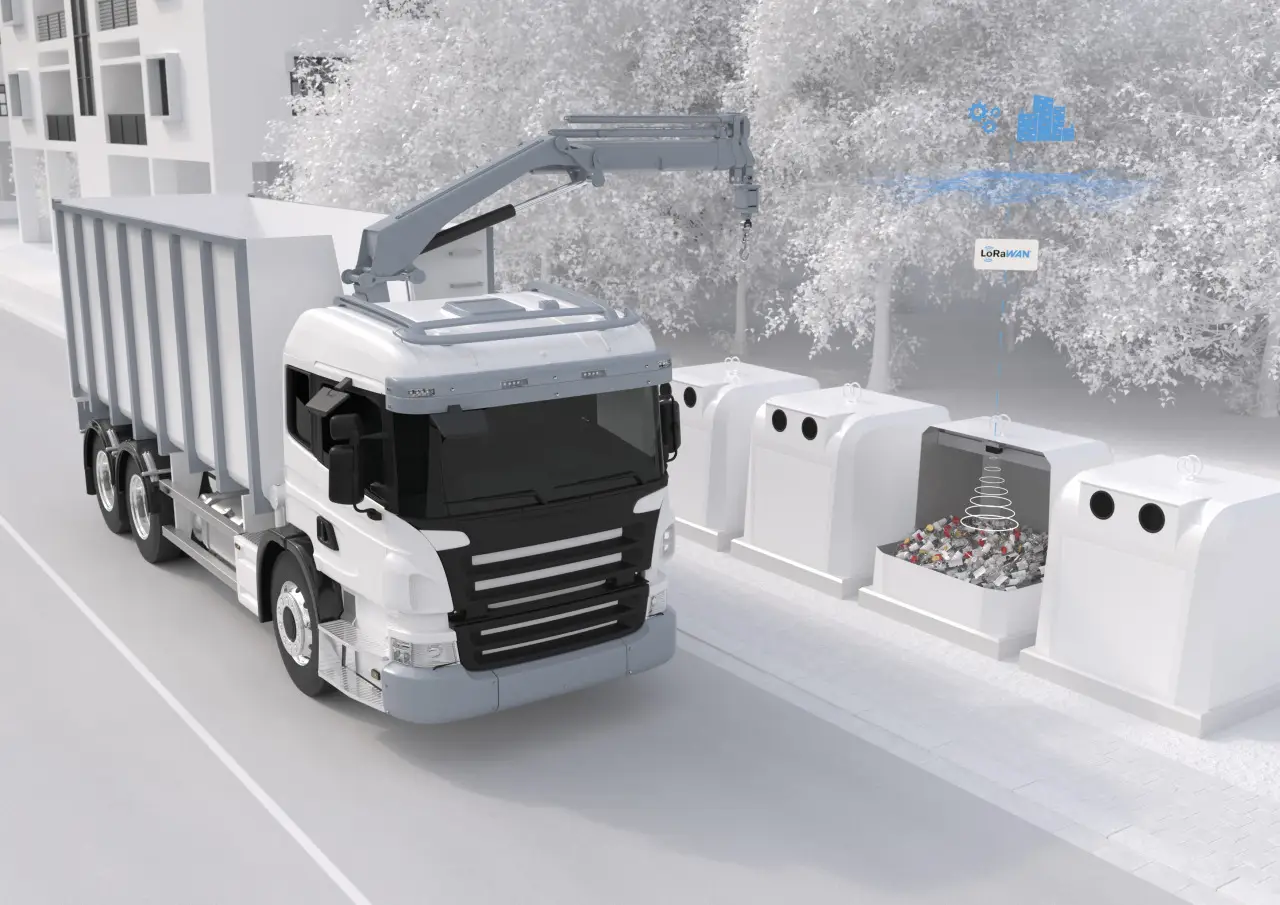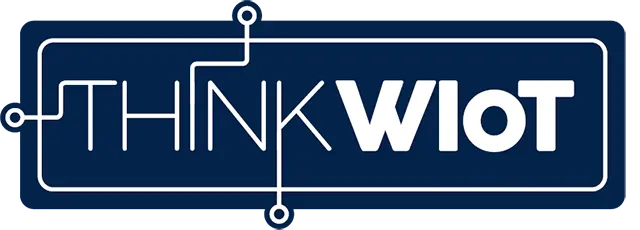Demand-Driven Emptying of Glass-Recycling Containers

The Application
In the southern region of Germany, the city of Freiburg and its surrounding areas are home to around 350 glass-recycling containers, all of which are maintained by waste management company Abfallwirtschaft und Stadtreinigung Freiburg GmbH (ASF). The containers are spread over a large area and were previously emptied in a fixed order at set time intervals.
To reduce costs and emissions and minimize the impact on traffic, the company worked together with badenovaNETZE, a subsidiary of badenova, to find ways to implement a demand-driven emptying process.
The Goal
To ensure that each container is emptied at the right time, the fill level of the containers must be checked regularly and sent to the resource-planning team wirelessly for the waste management vehicles. This planning, which is done manually to begin with, will be optimized using the latest data and trends. At the same time, the company wants to lay the groundwork for a fully automatic route-planning system in the future.
Before this can happen, a sensor system that can reliably provide fill-level information is required. The device has to be able to transmit this data wirelessly with sufficient radio power. It must be suitable for mounting in a glass-recycling or waste container and has to function flawlessly despite the often difficult conditions found in these locations.
The Solution
The WILSEN.sonic.level IoT ultrasonic sensor meets all of these requirements. The compact housing can be mounted underneath the top of the glass-recycling container. Rugged ultrasonic technology allows the sensor to reliably detect the fill level of the container, even under adverse conditions and regardless of the material composition of the waste.
The measured values are sent to the planning team at regular intervals using a LoRaWAN signal with high transmission power. A high-power battery provides a maintenance-free service life of several years. Furthermore, the battery is easy to replace when required. The sensor is easy to commission through the WILSEN app (Android and iOS). The app provides password-protected access to all of the sensor parameters and the LoRaWAN credentials, and displays the current data.
The Benefits
The sound beam that the WILSEN.sonic.level uses to measure the contents of the container can be adapted to suit the container in question. In addition to the fill level, the sensor provides other relevant information such as GPS data and temperature values. The device can be parameterized very easily using the WILSEN app and a Bluetooth® LE connection.
This method also allows users to update the credentials required for logging into the LoRaWAN radio network if necessary. A mounting base enables the sensor to be installed in the container, and ensures that it is secure and can withstand vibrations.

